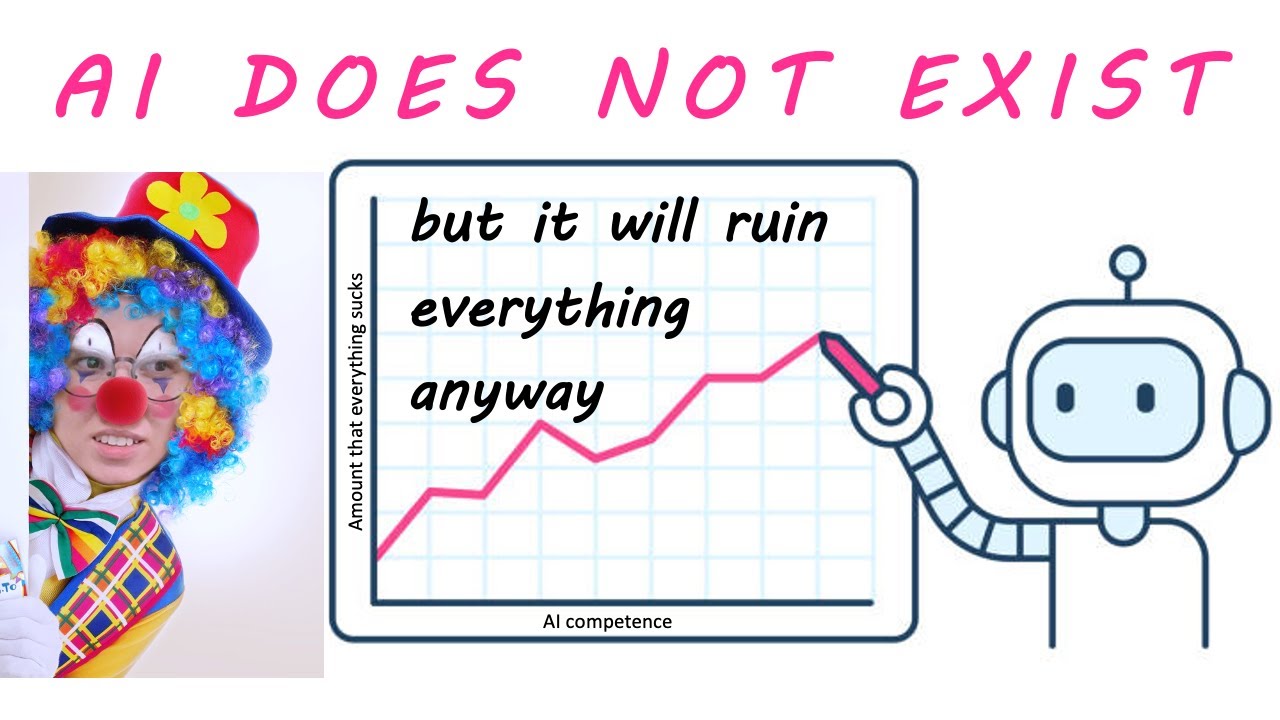- 16 Posts
- 43 Comments

 13·2 years ago
13·2 years ago“Child pure of heart and innocent of mind. You have caught my attentions, a Unicorn who wants nothing but to live and peace, and to see the joy and love of the innocent as yourself. For your purity of spirit, I shall grant a boon of this magic gun.”
The secret is to not work from what you’d like to do, but to work backwards from what your players want to do.
Seriously, throw out all the prep you have that isn’t landing, and just ask your players what kinds of things they want to do. Then, make stories inspired by the actions or accomplishments they want to undertake.
… This does require that your players have some idea of what they want to do, though. If you have checked out or uninvested players, there’s essentially nothing you can do I’m afraid.
So now I will soapbox to the players reading this: Your job is to be invested in the game. If you don’t put energy into being invested, you’re not fulfilling your side of the arrangement at the table.

 1·2 years ago
1·2 years agoYou are sublimating the value of a person’s lived experiences into an algorithm. The act of someone learning a joy of art, and then applying that themselves with the sum total of their experiences and influences is an inner truth to that person’s agency and sapience.
I’m not exactly disagreeing that there isn’t a parallel here, but I want you to acknowledge that you are saying that someone’s love of art is as valuable as an algorithm that has no understanding of what it is doing. That’s a terrible dystopia that you’re petitioning for.

 1·2 years ago
1·2 years agoI don’t think those advancements were categorically good, or were the morally correct things to occur. I won’t go through them all, but just because something has happened, doesn’t mean it was inevitable, or that it was a good thing to have happened and the world is better for it.
But putting that aside, the clearest difference that I see between those advancements and Machine Learning (A subset of Artificial Intelligence research), is that Machine Learning always takes datasets to train the system. As a result, the Machine Learning Generation truly isn’t coming up with something new, it is just repackaging the work of other people. This is further morally fraught, as you have made a system with the aim to make the work of people irrelevant, while using their own work to do so without their consent.
And as to your proposition that artists shouldn’t have to make money to live, I agree wholeheartedly. But this technology isn’t going to lead to that future. It is currently being used by people with means to make more money by cutting out the people who would have to be paid to make creative works. Machine Learning already did this with language translators.
When Google Translate was getting somewhat good in the early 2000’s, many companies fired their foreign language translators. What they discovered quickly is that the technology wasn’t quite there yet, so they had to hire them back. But by and large, they didn’t hire them back as translators, but as editors, who would clean up the bad translations from Machine Learning language translation software. We’re currently on the same trajectory with this technology for a wide swath of creatives.
This is bad for right now, the foreseeable future. I do not foresee a future where we are freed from needing to exchange a majority our waking-lives for money, and this technology will only perpetuate that reality.
That all sounds really dramatic and escalating
And yes I do believe you’re being rather dramatic by implying that I’m a luddite who doesn’t want technology to work at all. I want technology to work for people, not the other way around. I want the Jetsons future, where people work a minority of their lives, not the majority, where we can focus on quality of life over vainglorious pursuits that ultimately benefit the idle rich. The trajectory of this technology will ultimately only benefit those who don’t need to work to live.

 1·2 years ago
1·2 years agoIt’s all machine learning, which means any tools you use are trained against datasets. These datasets include art that were not authorized by the artist, but were used by unintended applications of ‘fair use’ IP laws. Machine learning ALWAYS makes use of datasets. That’s unavoidable. This is where the big problem comes in, and how it’s vastly different to photoshop.
Photoshop was a software developer’s attempt to create digital tools for artists to use digital capabilities. They didn’t develop Photoshop with artist’s work, and certainly without the artist’s permission as part of the computer code.

 0·2 years ago
0·2 years agoArtists should be able to make a living with their art.
The fact that anyone in the world is able to do that is great, and we should be allowing for inroad for more people to enter into creative careers, not endorsing technology that aims to make them obsolete while profiting from their efforts.

 3·2 years ago
3·2 years agoI had taken the artist’s statement that the art is being reworked as evidence of the art being pulled, and at least future published books not containing them.
https://twitter.com/i_shkipin/status/1687829743268442112
I should have waited until the actual statement (linked below), as it’s clear that the artist was making something of a lie of omission above, as I believe he purposefully wanted readers to believe that the art was changing in the books, not that he would redo the art to… essentially no promised effect. Maybe he was lying to himself with the hope that he could get another go at?
https://twitter.com/DnDBeyond/status/1687969469170094083
I’ve updated the title of this post to reflect the info from the official WotC statement on the issue. I’m glad they won’t be allowing AI “augmented” submissions from their artists going forward, but I would only be truly happy with a statement that they will be taking the massive inconvenience of making sure that the art is revised for future publications at a minimum (I think a recall would be asking a lot tbh).

 1·2 years ago
1·2 years agoThere is an undue expectation of high performance that many GMs feel, and admittedly my post here isn’t helping that! So I absolutely endorse your response to making sure that GMs don’t feel the need to do that much work.
In that case it would be helpful to give the players options of backgrounds to select that would be appropriate for the adventure at hand.
Cheers!

 2·2 years ago
2·2 years agoAnd this is absolutely enough for most groups tbh!
The method I described is a lot of extra work than the normal expectation, but it is work that does not go to waste due to it being built around you players and their characters. It should be used as a tool to make sure that extra efforts are less likely to be discarded.
But of course, following with slyflourish’s advice, be prepared to abandon anything the players do not engage with.

 31·2 years ago
31·2 years agoIt is railroading in the fashion that you are setting out a constructed plot ahead of time.
It is not railroading on the fact that you are not taking actions that nullify your players’ choices, which is the bad part of railroading.
And yes, this is explicitly involving the players in the writing process in a way that makes a bespoke plot they will enjoy while ensuring little of your effort goes to waste.
A tale that is perpetually dark in tone becomes tiresome very quickly. It needs to feature the occasional ray of light for contrast and to create a sense of hope. Monsters and other terrors must be offset with creatures that are kind and lovable, giving the characters even more reasons to stand against the darkness. Here are a couple of ways to add glimmers of light to a tragic tale:
- In a land as dreary as Barovia, take the time to describe the occasional scene of beauty, such as a pretty flower growing atop a grave.
- Make sure that the heroes have contact with NPCs who are honest, friendly, and helpful, such as the Martikovs in Vallaki or the Krezkovs in Krezk.
-Curse of Strahd, Introduction. Marks of Horror. 2016.

 4·2 years ago
4·2 years agoStructuring an adventure with skipping Tier 3 entirely sounds interesting, NGL. It’s not something we have seen before.

 2·2 years ago
2·2 years agoA happy tradition of taking inspiration from all of larger pop-culture.

 307·2 years ago
307·2 years agoBut there are people who identify as left-wing who will support China and Russia while downplaying their authoritarianism.
That’s not something being invented as a boogeyman. Anyone can go to lemmygrad.ml right now to see it in action.

 1·2 years ago
1·2 years agoMost of that is being fixed by dilating the amount of damage output that players can output in 5e in a variety of changes in OneD&D.
My playtests have had really gripping & close fights, even with people optimizing their hearts out.

 10·2 years ago
10·2 years agoI’ve seen Sealioning used quite a bit in a particular Lemmy instance that would self describe themselves as Pro-Russia & Pro-China, as a way of shutting down discourse between people who disagree with them. There are people who disagree with a particular narrative, and they’re discounted immediately for wanting to know how someone would arrive at a pro-Russian & pro-China position.
Also they’ll just “whatabout!” and change the subject whenever unassailable critiques of these regimes come up. As if its is only possible to hold outrage in a single direction at a time.
I’ll have you know I’m capable of disliking EVERYONE mentioned in a given conversation.

 91·2 years ago
91·2 years agoYeah and as smart as anyone is, they aren’t right all the time. As much as you can agree with his messaging, it’s important to critically assess everything said, regardless of who is saying it.

 1·2 years ago
1·2 years agoThanks! They look quite slick and have a lot going on. Particularly the void dragons you sent my way.
Each would be more or less perfect for a single-monster encounter, as they are dense with fairly novel mechanics.
Many people think that the WotC statblocks are a bit too boring, but I consider them a good entry point for new GMs. This is clearly a nice way to up your game.
Cheers!

 41·2 years ago
41·2 years agoCan someone give a good example if what makes these books good? I’d love to see a single great example of the level of quality that these books bring.













Sure, but even then it doesn’t make a lot of sense that all the different ways that Warlock patrons can present themselves, that they all are great about giving people raw damage potential as a cornerstone of their pact, regardless of how you flavor it.